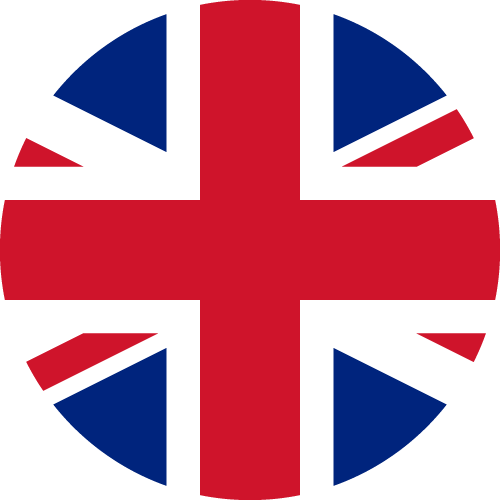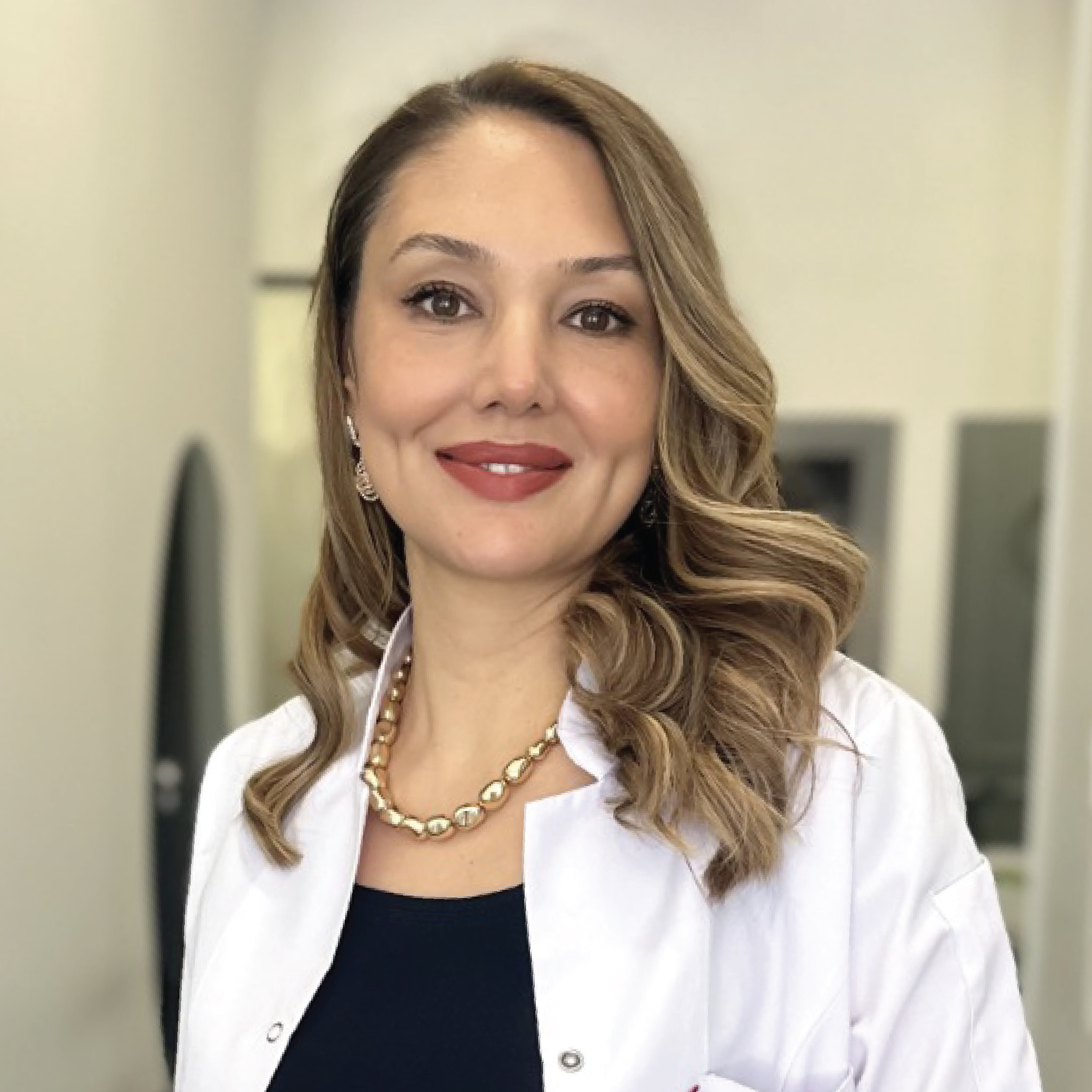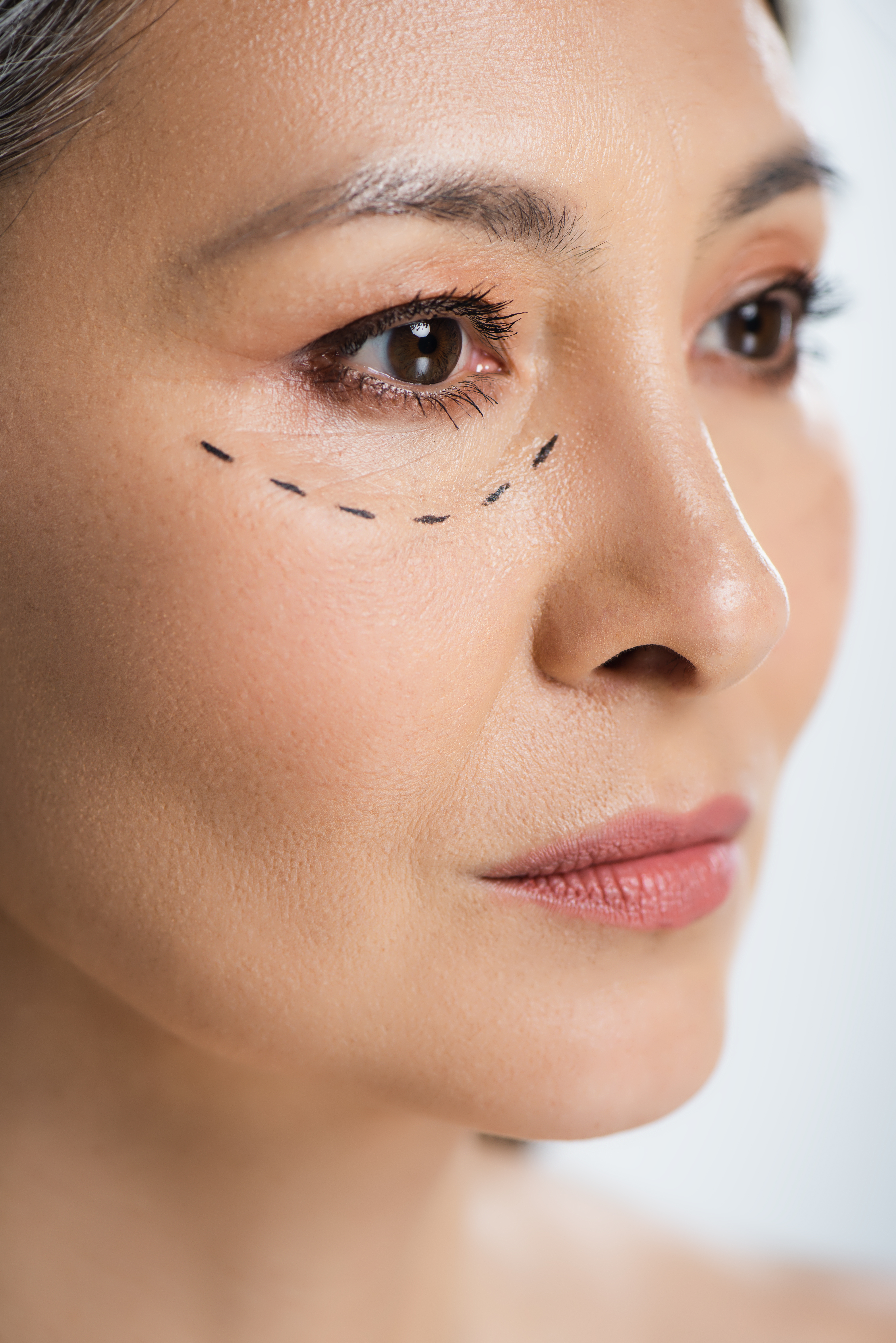Upper eyelid surgery (blepharoplasty) is a surgical procedure that involves the removal or reshaping of excess skin and fat in the upper eyelids. The main goal of this operation is to eliminate drooping and puffiness caused by aging or genetic factors, restoring a more youthful and refreshed appearance. Additionally, if excess upper eyelid skin obstructs vision, its removal can improve visual function. As a result, upper eyelid blepharoplasty serves both cosmetic and functional purposes.
Who Is a Suitable Candidate?
Upper eyelid aesthetics are typically recommended for adults with noticeable sagging and excess skin on the eyelids. The ideal candidates are generally over 40 years old, have no major health issues, and experience visible drooping and puffiness in the upper eyelids.
However, younger individuals with genetic eyelid sagging can also benefit from this procedure. Patients should be in good overall health, without chronic conditions such as uncontrolled diabetes or hypertension, which may affect healing.
Smoking should be avoided before surgery, as it can slow healing and increase complications. It is also important for candidates to have realistic expectations, as the surgery enhances the appearance of the eyelids but does not alter the entire facial structure.
Surgical Techniques and Procedure
Comparison of Upper Eyelid Blepharoplasty Techniques
| Technique | Incision Location | Advantages | Disadvantages |
|---|---|---|---|
| Traditional Blepharoplasty | Natural eyelid crease | Natural scar, long-lasting results | Requires healing time |
| Transconjunctival Technique | Inside the eyelid | No external scar | Suitable only for fat removal, not excess skin |
| Laser-Assisted Technique | Eyelid crease or inner eyelid | Less bleeding, faster recovery | More expensive, not suitable for all patients |
| Combined Technique (With Brow Lift) | Eyelid and brow area | Corrects both sagging eyelids and drooping brows | Longer recovery time |
In traditional blepharoplasty, an incision is made along the natural fold of the eyelid. This allows the surgeon to remove excess skin, muscle, and fat, and the incision is closed with fine sutures. Since the cut follows the natural crease, any scar remains hidden after healing.
In certain cases, especially for lower eyelid procedures, the transconjunctival technique is used. In this method, the incision is made inside the eyelid, making it scar-free. However, this technique is not commonly used for the upper eyelid since excess skin is typically present, requiring an external incision.
Some surgeons may use a laser or cautery device instead of a scalpel to reduce bleeding and speed up healing. If the patient also has drooping brows, the surgeon may recommend combining the procedure with a brow lift.
Surgery Process: Before, During, and After
Pre-Surgery Preparation
| Preparation Step | Details |
|---|---|
| Stop blood-thinning medications | Aspirin, ibuprofen, and similar medications should be discontinued to prevent excessive bleeding. |
| Avoid smoking and alcohol | These can impair healing and should be stopped a few weeks before surgery. |
| General precautions | Avoid wearing makeup, jewelry, or contact lenses on the day of surgery. |
| Arrange for assistance | It is recommended to have someone accompany the patient for post-operative care. |
What Happens During the Surgery?
- The procedure usually takes 30 to 60 minutes.
- Excess skin, fat, and muscle are removed through a precise incision.
- The incision is closed with fine sutures.
- Patients are monitored for a short period and discharged on the same day.
Early Recovery Phase
| Post-Surgery Condition | Suggested Solution |
|---|---|
| Mild swelling and bruising | Apply cold compresses, keep the head elevated. |
| Burning and watery eyes | Use prescribed eye drops and ointments. |
| Mild discomfort | Take doctor-approved pain relievers. |
| Temporary blurry vision | This is normal and resolves within a few days. |
Post-Surgery Care and Recovery Timeline
| Timeframe | Recovery Progress |
|---|---|
| First 24-48 hours | Swelling and bruising are most noticeable. |
| First week | Swelling significantly decreases, and stitches are usually removed within 5-7 days. |
| 2-3 weeks | Patients can return to normal social activities and apply light makeup. |
| 3-6 months | Final results become visible, and scars fade significantly. |
When Can Makeup Be Applied After Surgery?
| Timeframe | Makeup Usage |
|---|---|
| First 10-14 days | No makeup should be applied to the surgical area. |
| After stitches are removed | Light eye makeup can be used. |
| Full recovery (3-6 months) | Waterproof and hypoallergenic products are recommended. |
| Hygiene precautions | Brushes and makeup sponges should be clean. |
Activities to Avoid Post-Surgery
| Activity | Reason to Avoid |
|---|---|
| Heavy lifting | Increases pressure around the eyes and may cause bleeding. |
| Bending down for long periods | Raises eye pressure, slowing healing. |
| High-intensity workouts | Can increase swelling and bruising. |
| Excessive screen time | May cause eye strain and dryness. |
| Swimming or using saunas | Can increase the risk of infection. |
Avoiding these activities will help accelerate healing and reduce the risk of complications.
Potential Risks and Complications
| Risk/Complication | Details | Suggested Solution |
|---|---|---|
| Infection | May occur if proper hygiene is not maintained. | Use antibiotic ointments as prescribed. |
| Bleeding | Rare but possible. | Avoid strenuous activities in the first week. |
| Bruising and swelling | Common after surgery. | Use cold compresses and keep the head elevated. |
| Dry eyes | May occur due to swelling. | Apply artificial tears. |
| Difficulty closing the eyes completely | Usually temporary and improves with healing. | Perform light eye exercises if recommended by a doctor. |
| Asymmetry | Temporary due to swelling. | Typically resolves within a few weeks. |
Upper eyelid blepharoplasty is a safe and effective procedure when performed by an experienced surgeon. By following post-operative care instructions, patients can achieve long-lasting and natural-looking results.









